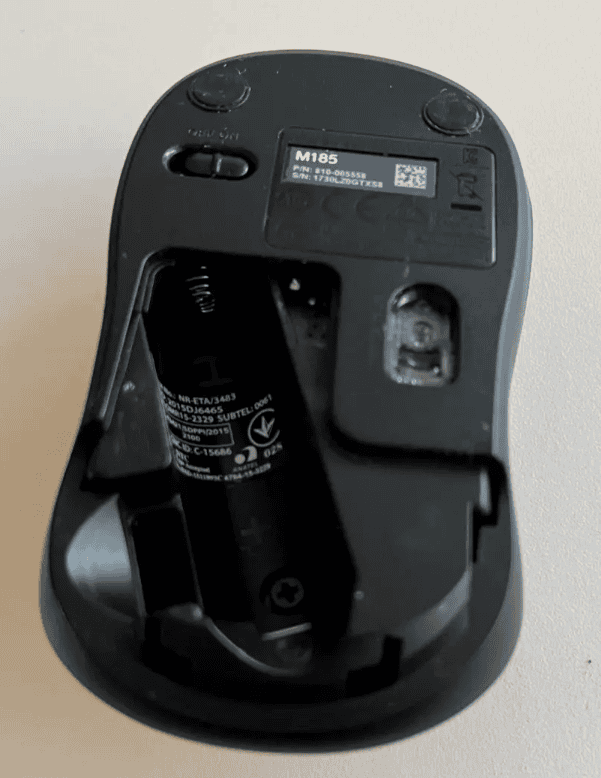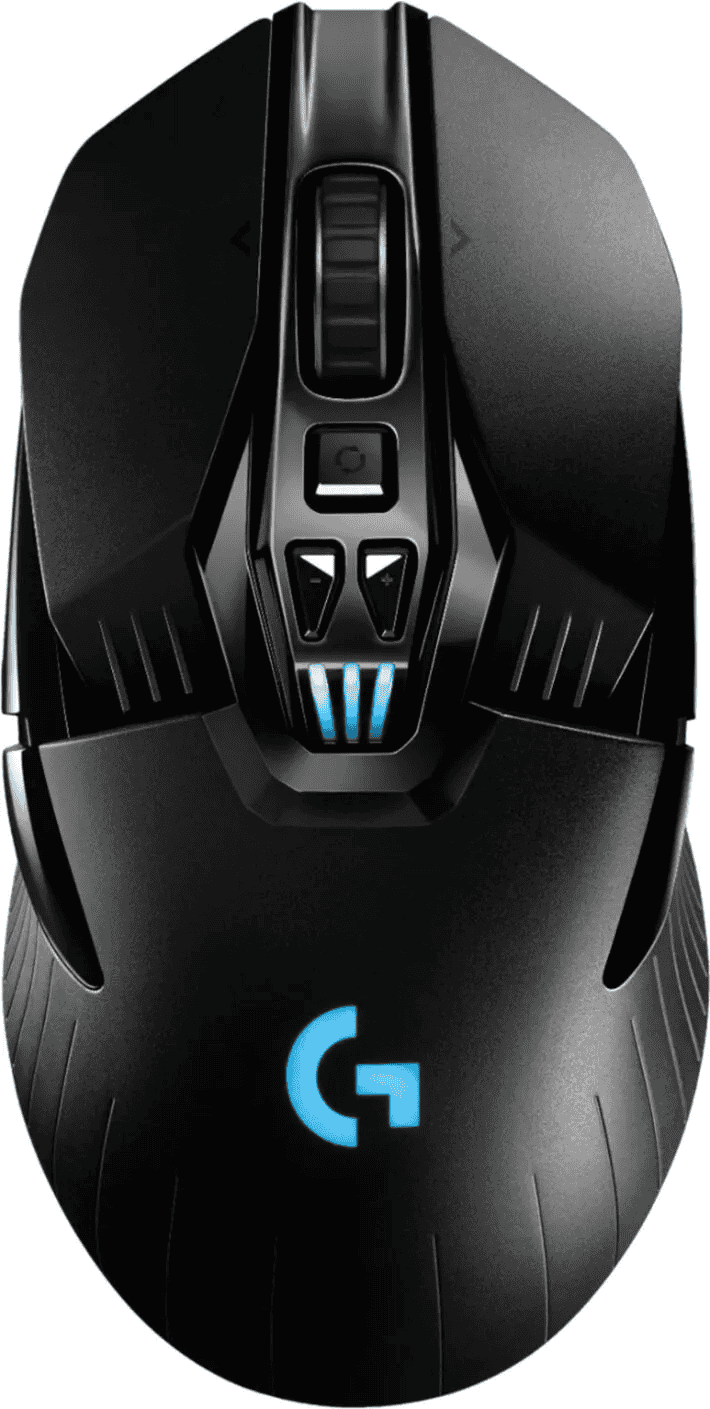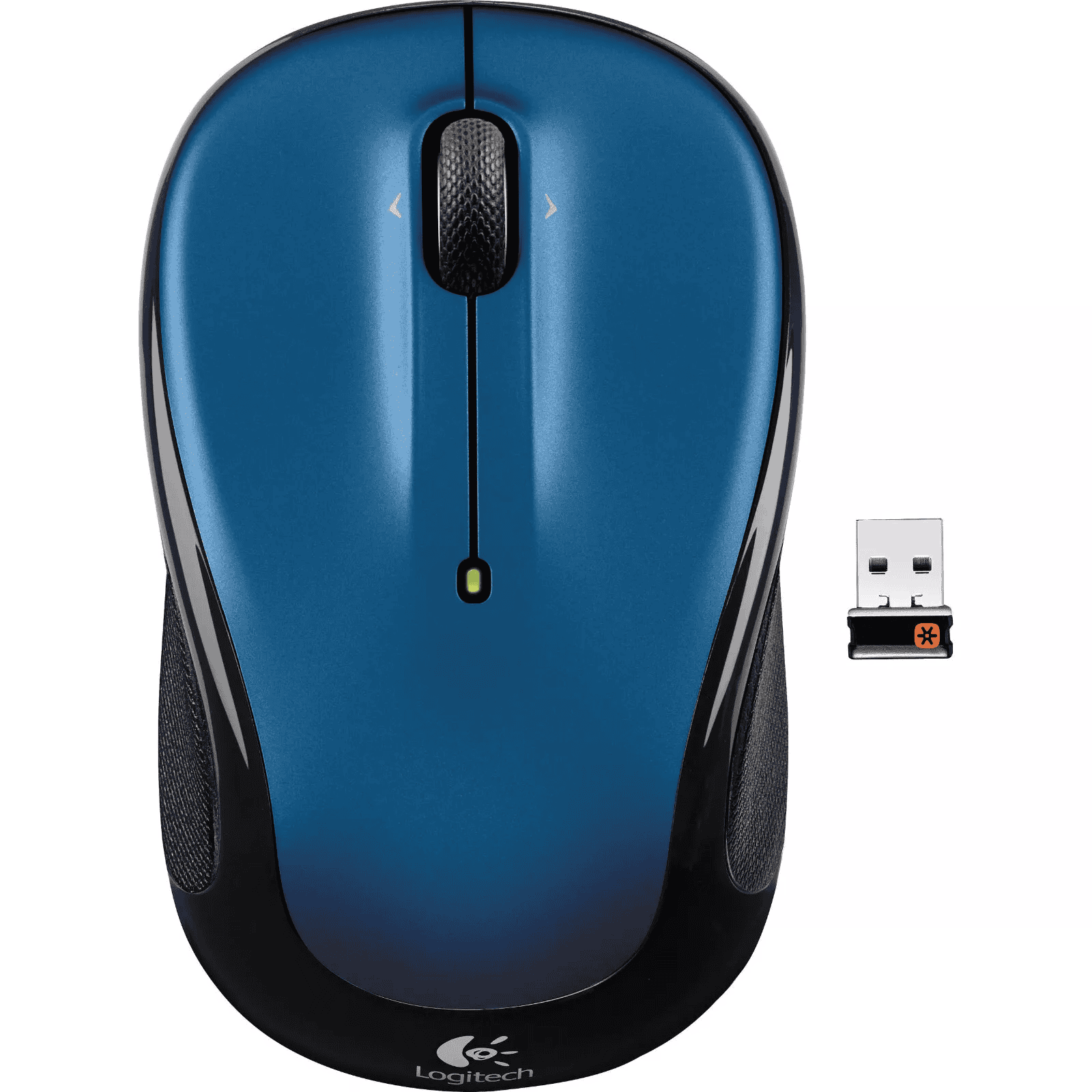Pairing a Logitech mouse with your computer is easy. To connect a Logitech wireless mouse, plug the USB receiver into your computer or use Bluetooth if your mouse supports it. This simple step gets you up and running quickly.
Logitech offers many mouse options. Some use a USB receiver while others connect via Bluetooth. The pairing process varies slightly for each type. Most Logitech mice have a power switch and a connect button on the bottom.

Users who lose their USB receiver have options. Logitech sells replacement receivers. They also offer software to pair multiple devices to one receiver. This flexibility makes Logitech mice a popular choice for many computer users.
| Connection Type | Setup Time | Range |
|---|---|---|
| USB Receiver | < 1 minute | Up to 33 feet |
| Bluetooth | 1-2 minutes | Up to 33 feet |
Connecting and Fixing Your Logitech Mouse
Understanding Logitech Mouse Connections
Logitech mice use a few different ways to connect to your computer. Knowing which type you have is the first step in setting it up or fixing connection problems.
USB Receivers (Unifying and Bolt)
Many Logitech wireless mice use a small USB receiver that plugs into your computer. Some use Logitech’s Unifying receiver, which can connect multiple compatible Logitech devices. Newer models use the Logi Bolt receiver, offering enhanced security and a more stable connection, especially in crowded wireless environments. If your mouse came with a receiver, it’s pre-paired at the factory.

Bluetooth
Some Logitech mice also offer Bluetooth connectivity. This is handy for connecting to devices without USB ports, like laptops or tablets. Bluetooth pairing usually involves putting the mouse in pairing mode (often by pressing a button on the bottom) and then selecting it in your computer’s Bluetooth settings.
Setting Up Your Logitech Mouse
Using a USB Receiver
- Plug the USB receiver into an available USB port on your computer.
- Turn on your mouse using the power switch (usually on the bottom).
- Your computer should automatically detect the mouse and install the necessary drivers.
Pairing via Bluetooth
- Turn on your mouse.
- Put the mouse in pairing mode. The exact method varies by model, but often involves pressing and holding a button on the bottom of the mouse until an LED light starts flashing.
- On your computer, open your Bluetooth settings.
- Select “Add Bluetooth or other device” (or similar).
- Choose “Bluetooth.”
- Select your Logitech mouse from the list of available devices.
- Follow any on-screen instructions.
Troubleshooting Common Issues
Mouse Not Connecting or Responding
- Check the Power: Make sure the mouse is turned on and the batteries (if applicable) are fresh.
- Check the Connection: If using a USB receiver, try a different USB port. If using Bluetooth, make sure Bluetooth is enabled on your computer.
- Restart Your Computer: A simple restart often resolves temporary software glitches.
- Re-pair the Device: Try unpairing and re-pairing the mouse. For USB receivers, you may need to use the Logitech Options or Options+ software (more on this below). For Bluetooth, remove the device from your computer’s Bluetooth settings and re-pair it.
- Check for Interference: Other wireless devices can sometimes interfere with the mouse’s signal. Try moving away from other wireless devices or using a USB extension cable to move the receiver further from your computer.
- Update or Reinstall Drivers: Outdated or corrupted drivers can cause problems. Visit Logitech’s website to download the latest drivers for your mouse model.
Logitech Options/Options+ Software
Logitech Options or Options+ software (depending on the mouse model) offers customization options for your mouse, like button assignments and pointer speed. It can also be used to pair Unifying receivers or troubleshoot connection issues. If you’re having trouble with your mouse, installing this software is recommended.
Troubleshooting Table
| Problem | Possible Solutions |
|---|---|
| Mouse not connecting (USB receiver) | Check power, try different USB port, restart computer, reinstall/update drivers, check for interference, use Logitech Options/Options+ to re-pair. |
| Mouse not connecting (Bluetooth) | Check power, ensure Bluetooth is enabled on computer, restart computer, remove and re-pair device, check for interference. |
| Erratic cursor movement | Check mouse surface, clean the sensor, check for interference, adjust pointer speed in computer settings. |
| Buttons not working | Check button assignments in Logitech Options/Options+, check for driver issues. |
Preparing Your Mouse for Pairing
Getting your Logitech mouse ready for pairing is a simple process. It involves putting in batteries and turning the device on.
Inserting the Batteries
Start by locating the battery compartment on your Logitech mouse. It’s usually on the bottom. Open it by sliding or pressing the cover.
Most Logitech mice use AA or AAA batteries. Check which type your mouse needs. Some models work with rechargeable batteries too.
Insert the batteries. Make sure to align the positive (+) and negative (-) ends correctly. The compartment often has markings to guide you.
Close the battery cover. You should hear a click when it’s secure.
| Battery Type | Pros | Cons |
|---|---|---|
| AA | Long-lasting | Slightly heavier |
| AAA | Lighter weight | May need replacing more often |
| Rechargeable | Cost-effective long-term | Higher upfront cost |
Turning on the Mouse
After inserting the batteries, find the power switch. It’s typically on the bottom of the mouse.
Slide the switch to the “ON” position. Some mice have a middle “OFF” setting between “ON” and Bluetooth modes.
Look for a light indicator. Many Logitech mice have an LED that blinks when turned on. This shows the mouse is working.
If your mouse doesn’t turn on, try new batteries. Make sure they’re inserted correctly.
Your Logitech mouse is now ready for pairing. The next step is to connect it to your computer via Bluetooth or a USB receiver.
Understanding Your Logitech Mouse’s Receivers
Logitech mice connect to computers through USB receivers or Bluetooth. These two methods offer different features and setup processes.
Using the USB Receiver
Logitech mice often come with a small USB receiver that plugs into a computer’s USB port. This tiny device allows the mouse to communicate wirelessly with the computer.
Some Logitech mice use a special Unifying Receiver. This receiver can connect multiple compatible devices at once. To set up a mouse with a Unifying Receiver:
- Plug the receiver into an open USB port
- Turn on the mouse
- Press the connect button on the mouse’s bottom
- Wait for the connection to establish
If issues occur try removing and reinserting the receiver. For mice with standard receivers the process is similar but they only work with their original receiver.
Leveraging Bluetooth Connectivity
Many Logitech mice offer Bluetooth connectivity as an alternative to USB receivers. This method doesn’t require a USB port freeing up space for other devices.
To connect a Logitech mouse via Bluetooth:
- Turn on the mouse
- Enable Bluetooth on your computer
- Put the mouse in pairing mode
- Select the mouse from the list of available devices
Bluetooth mice often have longer battery life. They can also connect to multiple devices making them ideal for use with laptops and tablets.
| Connection Type | Pros | Cons |
|---|---|---|
| USB Receiver | Easy setup, reliable connection | Uses a USB port |
| Bluetooth | No USB port needed, multi-device support | May need to re-pair occasionally |
Pairing the Mouse with Different Devices
Logitech mice can connect to various devices through Bluetooth or a USB receiver. The process differs slightly for Windows PCs and MacBooks.
Pairing with Windows PC
To pair a Logitech mouse with a Windows PC:
- Turn on the mouse
- Press the connect button on the bottom
- Open Windows Settings
- Click “Bluetooth & devices”
- Select “Add device”
- Choose “Bluetooth”
- Pick your mouse from the list
Some Logitech mice have a USB receiver. Plug it into an open USB port. The mouse should connect automatically.
For Unifying receivers, use the Logitech Unifying app:
- Install the app
- Plug in the receiver
- Turn the mouse off and on
- Follow app prompts to pair
Connecting to a MacBook
Pairing a Logitech mouse with a MacBook uses Bluetooth:
- Turn on the mouse
- Press the connect button
- Open System Settings
- Click “Bluetooth”
- Select your mouse when it appears
If your mouse has a USB receiver, plug it in. MacOS should detect it right away.
| Connection Type | Windows | MacBook |
|---|---|---|
| Bluetooth | Settings > Bluetooth & devices | System Settings > Bluetooth |
| USB Receiver | Plug and play or use Unifying app | Plug and play |
Both methods work on most operating systems. Bluetooth offers a cleaner setup without dongles. USB receivers can be more reliable in some cases.
Frequently Asked Questions
Pairing a Logitech mouse can sometimes be tricky. Here are answers to common questions about connecting different Logitech mouse models to various devices.
What steps are required to pair a Logitech mouse with a Unifying receiver?
To pair a Logitech mouse with a Unifying receiver:
- Plug the receiver into a USB port on the computer
- Turn on the mouse
- Open the Logitech Unifying software
- Click “Add a device” and follow the on-screen steps
The software will guide users through the pairing process. It usually takes less than a minute to complete.
Can a Logitech mouse be paired with a laptop directly?
Yes, many Logitech mice can pair directly with laptops via Bluetooth. To do this:
- Turn on the mouse
- Put it in pairing mode
- Go to the laptop’s Bluetooth settings
- Select the mouse from the list of available devices
Not all Logitech mice have Bluetooth. Check the product specifications first.
What is the process to connect a Logitech M720 mouse to a device?
The Logitech M720 can connect via Bluetooth or a Unifying receiver. For Bluetooth:
- Press the Easy-Switch button to select a channel
- Hold the button until the LED blinks fast
- Go to the device’s Bluetooth settings and select the mouse
For the Unifying receiver, follow the steps in the first FAQ answer.
How does one enable pairing mode on a Logitech mouse?
The method varies by model. Common ways include:
- Pressing and holding a connect button
- Turning the mouse off then on
- Switching to a new channel on multi-device mice
Check the mouse’s manual for specific instructions. Most mice have a small LED that blinks when in pairing mode.
Is it possible to connect a Logitech wireless mouse without its dedicated receiver?
It depends on the mouse model. Options include:
- Using Bluetooth if the mouse supports it
- Buying a new Unifying receiver
- Using Logitech Options+ software to pair with a different Unifying receiver
Some older models only work with their original receiver.
What to do if my Logitech wireless mouse fails to connect?
Try these steps:
- Replace the batteries
- Ensure the receiver is firmly plugged in
- Move the receiver to a different USB port
- Restart the computer
- Update the mouse driver
If these don’t work, contact Logitech support for further assistance.
| Connection Type | Pros | Cons |
|---|---|---|
| Unifying Receiver | Works with multiple devices, reliable | Takes up a USB port |
| Bluetooth | No receiver needed, works with many devices | May have interference, needs Bluetooth-capable device |
| Dedicated Receiver | Simple setup | Limited to one device, easy to lose |







